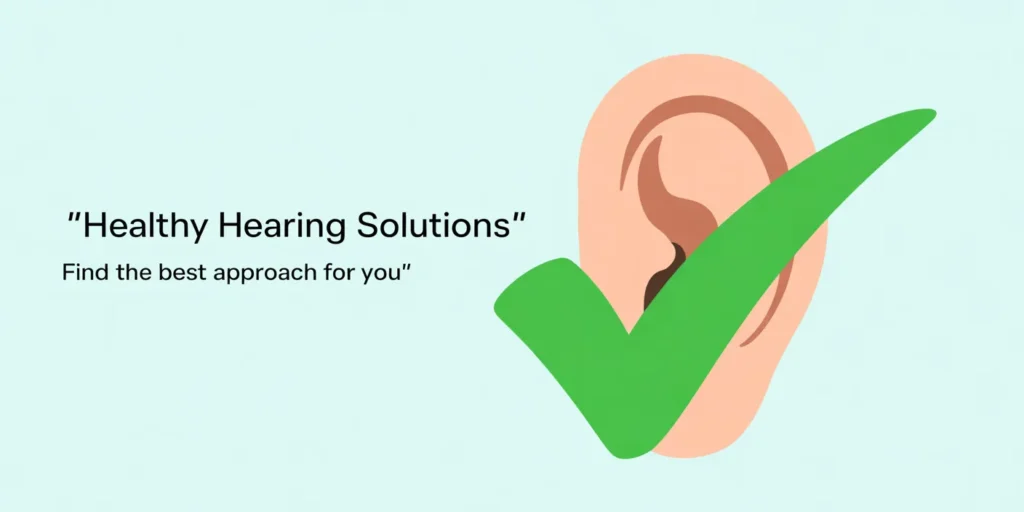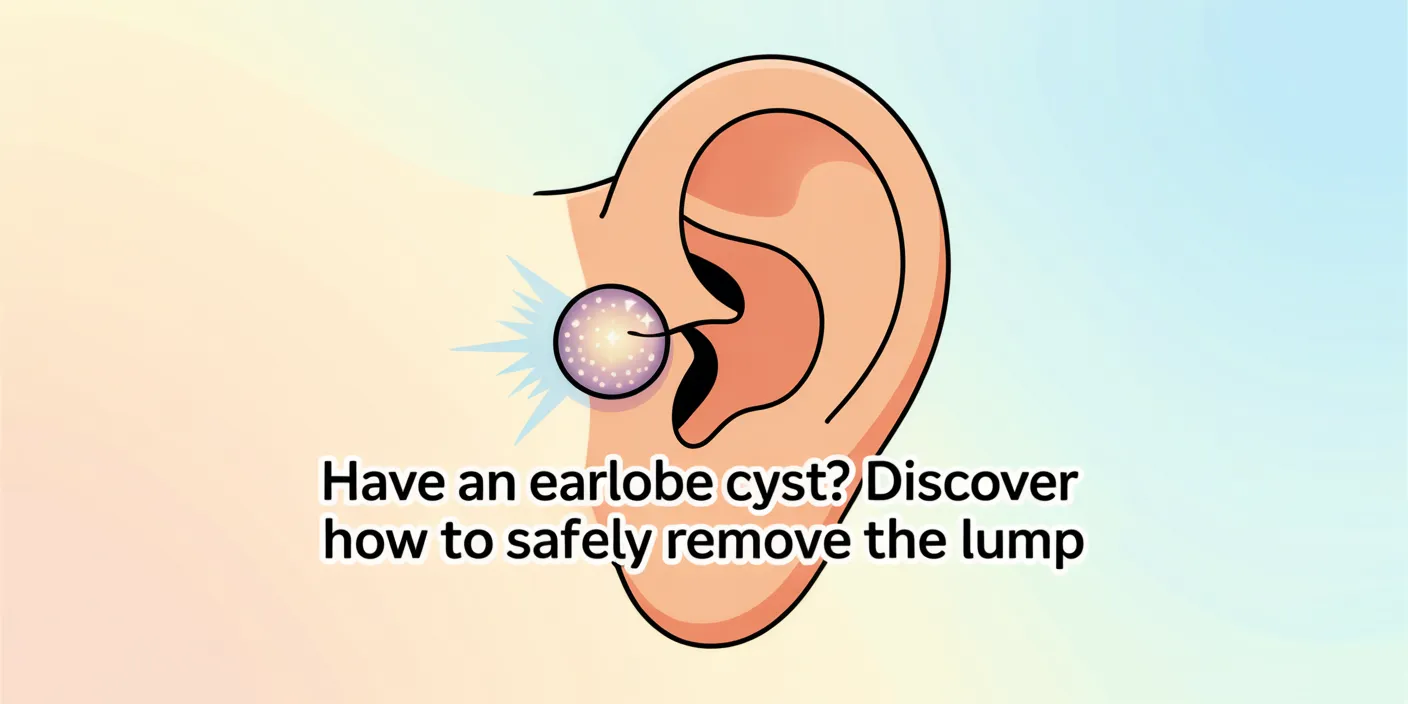Usually a bump in the earlobe is a benign cyst. Two treatments are available for eradicating an earlobe cyst. Often the best course of action is surgical and executed under a local anaesthetic. The doctor will cut a little slit in the cyst and remove the aberrant tissue. Additionally able to be emptied of their fluid content are cysts.
Eliminating a cyst surgically increases the likelihood of it not returning. Though quick and simple, the draining choice does mean that the cyst is more likely to resurface.
Although benign cysts often go away on their own, you should be alert for any changes in form or colour since these could indicate that you ought to contact a doctor.
What is a Cyst?
Often a thick, white material called keratin, a cyst is a pocket of skin or other tissue containing air or fluid.
Sometimes skin cells proliferate or expand rather than shed, anchoring themselves deeper into the epidermis and building the walls of a cyst inside the top layers of the skin. Should the outermost layer be inflamed or damaged, they can also develop on a hair follicle. Epidermoid cysts, sometimes referred to as cysts, or epidermal inclusion cysts,
Men are more likely than women to have epidermoid cysts, although anyone—of any age or gender—may get a cyst. Still, there are several things that can raise the likelihood of an epidermoid cyst developing.
- Age : Since cysts are infrequent in young children and babies, being over puberty will raise the risk.
- Genetics : Certain rare syndromes and hereditary diseases can raise the risk of cysts, including Gardner syndrome, which develops polyps in and around the colon and tumours.
- Acne : An acne history can lead to cysts since the skin is more likely to produce lumps of fluid.
- Injury : Skin damage can lead to aberrant cell response, burying cells further into the skin and creating a cyst.
Earlobe cysts: what do they resemble?
Under the skin of the earlobe, epidermoid cysts—also known as Earlobe cysts—look like little, smooth pimples. Their colours can range somewhat, from a brilliant red to matching your own natural skin tone.
Although they are usually no more than the size of a pea, you should be aware of any variations in size as this could indicate that you ought to consult a doctor.
Should a cyst break or sustain damage, keratin, a thick, white fluid, may leak.
Almost always benign, cysts in the earlobe should not create any other difficulties beyond a small cosmetic one. An earlobe cyst can occasionally get infected and then call for medical treatment. Indices of an infection could be:
- redness and inflammation of the area
- swelling and tenderness or pain
- a boil-like infection from a burst cyst
The symptoms and indicators of earlobe cysts are what?
Usually well-defined soft tissue lumps just under the skin of the earlobe, Earlobe cysts—also known as epidermoid cysts—most often show up here. Though they most usually mirror the colour of the surrounding skin, they could sometimes flare up and show red.
Usually measuring no larger than 5 to 6 mm in diameter, Earlobe cysts A rapid change in size should cause you to see a doctor for a clinical evaluation to rule out anything more severe. Usually rupturing spontaneously, cysts discharge a proteinaceous thick white material called keratin. Most persons with cysts in the earlobe consider them as a cosmetic annoyance and most of them are harmless. Sometimes an earlobe cyst becomes rather painful and tender, which would indicate an infected cyst and call for additional medical evaluation to direct the best treatment.
Painful earlobe
An infected cyst usually shows up as a painful, sharply sensitive bump in the earlobe with redness of the underlying skin. Sometimes an infected earlobe cyst bursts and produces furuncle or skin boil.
What is the best way to get rid of a cyst in the earlobe?

Many people try to crush the earlobe cyst themselves manually and do DIY treatment at home. We would advise against this since the chance of infection and noticeable scars is much raised. Furthermore far more likely is the chance of recurrence.
To encourage skin vasodilation and help in spontaneous cyst rupture, gently heat a cloth to your earlobe. A straightforward surgical operation to remove the earlobe lump under a local anaesthetic is the best approach to eradicate a recurring ear cyst that will not go away on its own.
Eliminating an earlobe cyst and its lining completely will help to reduce future recurrence risk. An other approach to empty the cyst of keratin is needle aspiration. Though this is a short, non-surgical operation, the likelihood of occurrence is really strong. Most earlobe cysts are benign and devoid of malignant possibility.
How Do I Get Rid of a Lump in My Earlobe Piercing?
Following a piercing, lumps can develop on the earlobe. The body creates too much scar tissue, sometimes referred to as keloids, which spreads from the initial wound and results in a little mass or bump larger than the original piercing. A keloid needs surgical intervention; it cannot go away on its own.
Conclusion
Although they are minor, Earlobe cysts can cause great worry particularly if they start to expand or cause pain. I routinely counsel patients, as a plastic surgeon, to monitor any lumps or bumps that develop on their ears. While many earlobe cysts are benign and might go away on their own, others could need treatment to avoid problems such infections or scarring.
There are good treatment choices whether your earlobe cyst is obstinate or you just want it removed for aesthetic concerns. From simple incision and drainage to total excision for more chronic cysts, it is possible to safely and with least downtime get rid of these masses.
What has been your experience with earlobe cysts? Do you have any further questions? Share your thoughts or queries in the comments below – let’s learn from each other!

